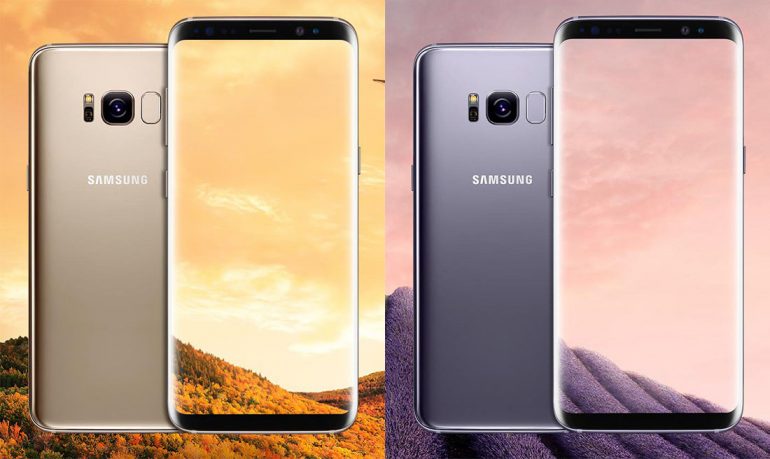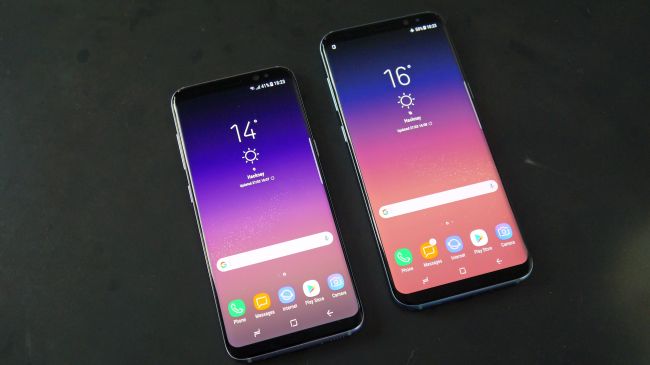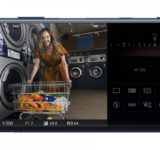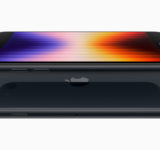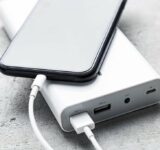Samsung has finally taken the wrap off the long rumored and the most anticipated Samsung Galaxy S8 and S8+ at the Samsung Unpacked event. The new duo from Samsung offers an immensely powerful hardware and an appealing design, all thanks to its bezel-less display.
While the Galaxy S8 and S8+ mostly resemble similar hardware, one of the few from the phone, including the display tends to be a differentiating factor. The Galaxy S8 comes with a 5.8-inch display, while the S8+ comes with a bigger 6.2-inch display — both Infinity Edge displays are Super AMOLED and offer QHD resolution(1440 x 2960 px) with an unusual but satisfying 18.5:9 aspect ratio.
Both phones support HDR10, much like its deceased brother Note 7, while Dolby Vision isn’t present on the duo. Although there’s not much HDR10 content around the web, Samsung has stepped further to partner with Amazon to bring HDR content to its device. And then there’s Ultra Dynamic Range certified screen — the first of its kind to be present on a phone.
Also, Samsung has finally ditched its signature home button and shifted its fingerprint scanner at the back in favor of bezel-less looks while opting for an on screen pressure sensitive buttons. The company bravely claims that the button’s tactile feedback is better than Apple’s.
On the other side, Samsung has implemented its new digital assistant aka Bixby. The digital assistant can be used just like Siri i.e. to answer voice commands, whereas it can also be utilized in a much broader sense, like image recognition which can mark popular landmarks and find products on Amazon. Bixby can also be used as a hub through home screen, much like Google Now. The digital assistant from Samsung will get better with time and is expected to power a wide range of Samsung device within 2020.
Shifting the focus to imaging department, the Galaxy S8 comes with an older 12MP f/1.7 dual-pixel sensor, borrowed from its predecessor Galaxy S7. However, Samsung has improved the software which now captures multiple exposures, offering an impressive image quality. Up front, Samsung has equipped an upgraded 8MP camera with autofocus for selfies, prior to last year’s 5MP.
As for the remaining hardware, both phones is powered by either Snapdragon 835 or Exynos 8895 octa-core chipset. Users residing in the US will get to enjoy the new Snapdragon variant, while most of the users probably will get to use the Exynos variant. Regardless of options, both chipset will presumably offer a similar performance boost, compared to last year’s option.
Memory wise, both Galaxy S8 and S8+ is backed up by 4GB of RAM and 64GB of UFS 2.0 storage, both expandable via a microSD card slot. However, as reports suggest, users in China and Korea will possibly get the 6GB/128GB variant of the phone.
Aside from the display, the only other difference between the duo on the hardware side is the battery. The Galaxy S8 packs a 3000mAh battery, while the Galaxy S8+ drags the power from a bigger 3500mAh of battery. Both phones support Samsung’s Adaptive Fast Charging and a date QuickCharge 2.0 support via wired and wireless charging. The whole phone runs on Android 7.1 Nougat on top Grace UX with clean and minimal UI.
Both phones also got you covered in terms of durability, as the duo is protected with a layer of Gorilla Glass 5 and carries IP68 certification for dust and water resistant. There’s also Samsung DeX dock support allowing you to turn your flagship device into a handy mini desktop computer.
The Galaxy S8 and S8+ will go on sale from 21st of April in five different colors, including Orchid Grey, Midnight Black, Coral Blue, Arctic Silver, and Maple Gold. As for the pricing, the S8 will carry a price tag of $720, whereas, on the other hand, the S8+ will go on sale for $840.
For Nepali users, the handset is expected to launch with an expected price tag of Rs. 80,000 for Galaxy S8 and Rs.90,000 for S8+. So guys what do you think about the new Galaxy S8 and S8+ from Samsung? Will you get your hands on any of these beautiful devices? Let us know about it in the comment box below.


